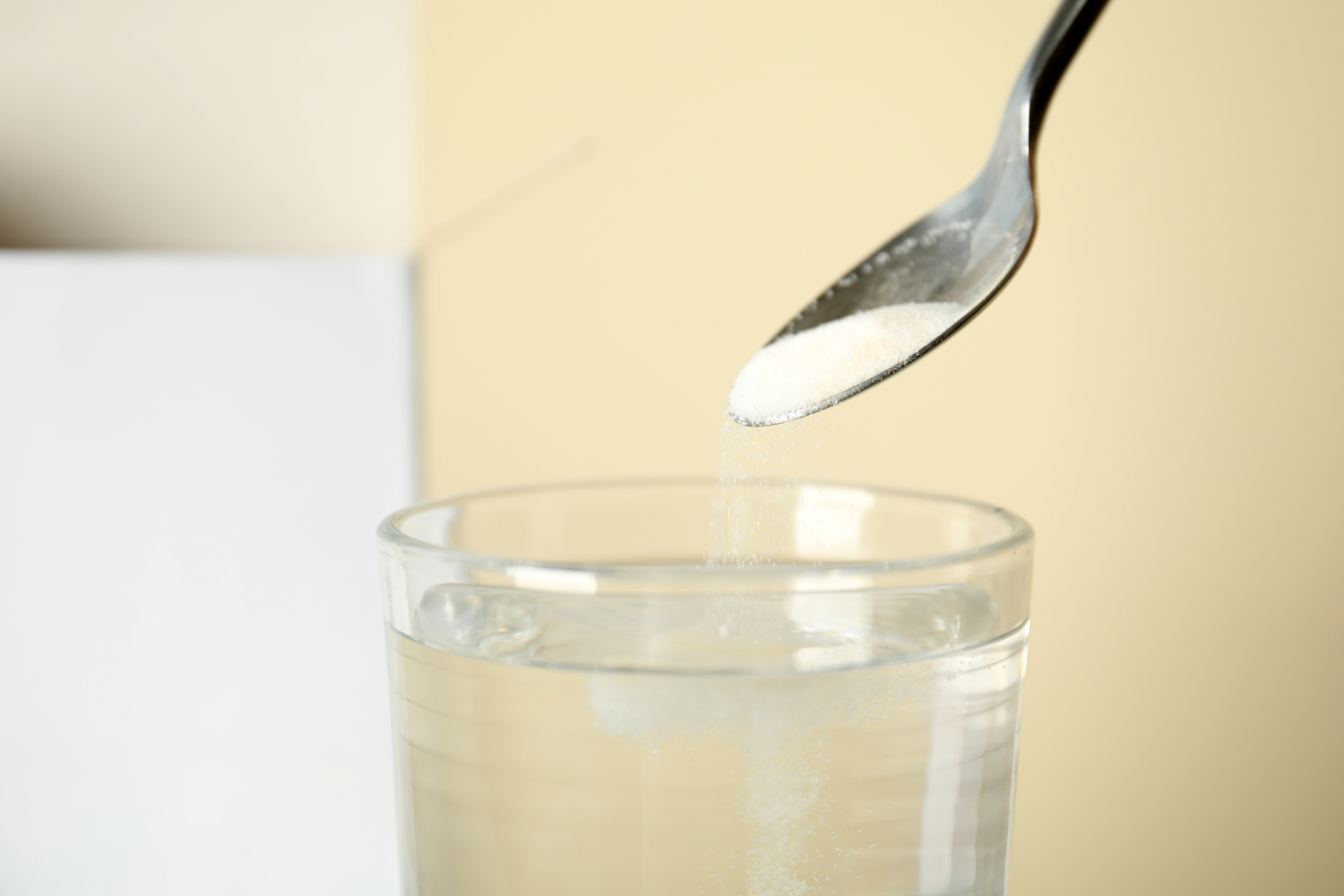Salt does more than season your food; it helps your body function properly. Salt, or sodium chloride, is a strong electrolyte that breaks into charged particles, or component ions, when dissolved in water. These charged particles conduct electricity and support numerous bodily functions. That’s why salt is a key player in electrolyte balance, helping to regulate fluid balance, nerve and muscle function, and electrical impulses.
But keeping the right balance matters because too much sodium can increase blood pressure, while too little potassium affects muscle contraction and nerve signaling. This article explains why salt is an electrolyte, how sodium plays a critical role in hydration, and why it works hand-in-hand with potassium to support optimal health.
What Makes Salt an Electrolyte?
Salt, or sodium chloride, is made of two ionic compounds: sodium and chloride. Sodium is one of the primary electrolytes your body uses to transmit electrical signals. When salt is dissolved in water, it splits into charged particles called component ions that conduct electricity.
These primary ions support essential functions such as hydration, nerve transmission, and muscle function. That’s what makes salt a strong electrolyte; it helps keep your electrolyte levels steady, which is essential for various bodily functions.

Benefits of Sodium as an Electrolyte
Sodium plays a critical role in the human body, but it’s important to understand where it helps most and how to use it wisely.
How Sodium Supports Hydration
Sodium helps the body hold onto fluids, which supports fluid balance and prevents electrolyte loss. This is especially important when you sweat a lot, such as during exercise, in hot weather, or while following a low-carb or keto diet. In these cases, lost electrolytes need to be replaced, and sodium intake becomes a useful way to help the body stay hydrated.

Is Salt Good for You as an Electrolyte?
In the right amount, sodium supports muscle contraction, nerve signaling, and healthy electrolyte balance. Salt isn’t bad; it’s too much sodium that causes problems. High levels can increase blood pressure and put stress on the heart. Finding the right balance is key to maintaining optimal health.
Ways to Add Sodium Safely:
-
Add a small pinch of common salt or table salt to meals or broths
-
Use electrolyte powders or sports drinks that help replenish sodium levels
-
Focus on maintaining balance, especially if following a diet that increases electrolyte loss
Why Balance Sodium With Potassium Matters
Sodium plays a role in pulling water into your cells, while potassium helps move excess fluids out. This back-and-forth process keeps electrolyte levels stable and supports the function of muscle tissue, nerves, and numerous bodily systems.
Getting enough potassium intake from foods like sweet potatoes, spinach, beans, and avocados helps prevent electrolyte imbalance. Maintaining a balanced sodium-to-potassium ratio supports normal muscle function and fluid balance.

How Much Sodium Do You Really Need?
Sodium needs vary depending on lifestyle, but most health guidelines suggest limiting sodium intake to less than 2,300 mg per day. Some people may require more due to their high sweat rate, level of activity, or specific dietary needs. For example, low-carb diets and intense workouts can lead to increased electrolyte loss, which may necessitate higher sodium intake to help maintain electrolyte balance, which supports normal muscle performance during activity.
Factors That Affect Sodium Needs:
-
Physical activity and exercise
-
Hot or humid climates (more sweating)
-
Diets low in carbohydrates (e.g., keto or intermittent fasting)

Salt’s Real Role in Electrolyte Balance
Salt plays a crucial role in how your body regulates hydration and supports normal nerve and muscle function. As a main electrolyte, sodium chloride supports fluid balance, nerve signaling, and muscle function. LytePow’s formula is designed to help replenish lost electrolytes without overloading on table salt alone. For optimal health, it’s not about removing salt, but understanding how to use it wisely and keep it in balance with other key electrolytes like potassium, calcium, and magnesium.
Frequently Asked Questions
Is table salt the same as electrolytes?
Table salt contains sodium, which is one of the main electrolytes, but not all electrolytes come from salt.
Does salt water hydrate you?
Salt water contains strong electrolytes like sodium and chloride, but too much can worsen dehydration instead of helping.
What foods are natural sources of electrolytes besides salt?
Sweet potatoes, spinach, beans, avocados, and nuts are great food sources of potassium, magnesium, and calcium.
How do I know if I need more sodium?
If you experience symptoms like fatigue or lightheadedness after sweating heavily, it may be a sign that your body is low in key electrolytes, including sodium.
Can you take too much salt as an electrolyte?
Yes. Excessive sodium intake is associated with increased blood pressure, which is a factor in cardiovascular and kidney health.
References
-
Grillo, A., Salvi, L., Coruzzi, P., Salvi, P., & Parati, G. (2019). Sodium Intake and Hypertension. Nutrients, 11(9), 1970. https://doi.org/10.3390/nu11091970
-
Reynolds, R. M., Padfield, P. L., & Seckl, J. R. (2006). Disorders of sodium balance. BMJ (Clinical research ed.), 332(7543), 702–705. https://doi.org/10.1136/bmj.332.7543.702
-
Shrimanker, I., & Bhattarai, S. (2023). Electrolytes. In StatPearls. StatPearls Publishing. https://pubmed.ncbi.nlm.nih.gov/31082167/
-
Van Regenmortel, N., Langer, T., De Weerdt, T., Roelant, E., Malbrain, M., Van den Wyngaert, T., & Jorens, P. (2022). Effect of sodium administration on fluid balance and sodium balance in health and the perioperative setting. Extended summary with additional insights from the MIHMoSA and TOPMAST studies. Journal of critical care, 67, 157–165. https://doi.org/10.1016/j.jcrc.2021.10.022



